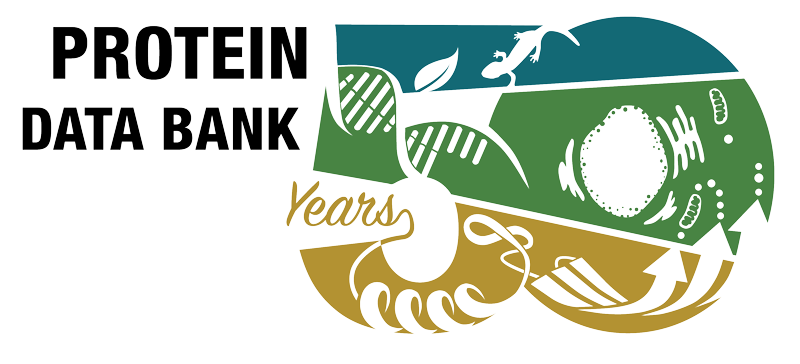Articles - 6cmq mentioned but not cited (3)
- Mechanism of activating mutations and allosteric drug inhibition of the phosphatase SHP2. Pádua RAP, Sun Y, Marko I, Pitsawong W, Stiller JB, Otten R, Kern D. Nat Commun 9 4507 (2018)
- Mapping the Chemical Space of Active-Site Targeted Covalent Ligands for Protein Tyrosine Phosphatases. Hong SH, Xi SY, Johns AC, Tang LC, Li A, Hum MN, Chartier CA, Jovanovic M, Shah NH. Chembiochem 24 e202200706 (2023)
- Monobody Inhibitor Selective to the Phosphatase Domain of SHP2 and its Use as a Probe for Quantifying SHP2 Allosteric Regulation. Sha F, Kurosawa K, Glasser E, Ketavarapu G, Albazzaz S, Koide A, Koide S. J Mol Biol 435 168010 (2023)
Reviews citing this publication (13)
- Turn and Face the Strange: A New View on Phosphatases. Köhn M. ACS Cent Sci 6 467-477 (2020)
- Harnessing Conformational Plasticity to Generate Designer Enzymes. Crean RM, Gardner JM, Kamerlin SCL. J Am Chem Soc 142 11324-11342 (2020)
- A comprehensive review of SHP2 and its role in cancer. Asmamaw MD, Shi XJ, Zhang LR, Liu HM. Cell Oncol (Dordr) 45 729-753 (2022)
- Mechanism of activation and the rewired network: New drug design concepts. Nussinov R, Zhang M, Maloney R, Tsai CJ, Yavuz BR, Tuncbag N, Jang H. Med Res Rev 42 770-799 (2022)
- Allostery: Allosteric Cancer Drivers and Innovative Allosteric Drugs. Nussinov R, Zhang M, Maloney R, Liu Y, Tsai CJ, Jang H. J Mol Biol 434 167569 (2022)
- Targeting protein phosphatases for the treatment of inflammation-related diseases: From signaling to therapy. Pan J, Zhou L, Zhang C, Xu Q, Sun Y. Signal Transduct Target Ther 7 177 (2022)
- Strategies to overcome drug resistance using SHP2 inhibitors. Liu M, Gao S, Elhassan RM, Hou X, Fang H. Acta Pharm Sin B 11 3908-3924 (2021)
- Precision targeted therapy for EGFR mutation-positive NSCLC: Dilemmas and coping strategies. Meng Y, Bai R, Cui J. Thorac Cancer 14 1121-1134 (2023)
- SHP2: A Pleiotropic Target at the Interface of Cancer and Its Microenvironment. Sodir NM, Pathria G, Adamkewicz JI, Kelley EH, Sudhamsu J, Merchant M, Chiarle R, Maddalo D. Cancer Discov 13 2339-2355 (2023)
- New prospectives on treatment opportunities in RASopathies. Gelb BD, Yohe ME, Wolf C, Andelfinger G. Am J Med Genet C Semin Med Genet 190 541-560 (2022)
- Novel therapeutic perspectives in Noonan syndrome and RASopathies. Saint-Laurent C, Mazeyrie L, Yart A, Edouard T. Eur J Pediatr (2023)
- Recent advances in targeting the "undruggable" proteins: from drug discovery to clinical trials. Xie X, Yu T, Li X, Zhang N, Foster LJ, Peng C, Huang W, He G. Signal Transduct Target Ther 8 335 (2023)
- Setting sail: Maneuvering SHP2 activity and its effects in cancer. Welsh CL, Allen S, Madan LK. Adv Cancer Res 160 17-60 (2023)







 PMID:
PMID: 